The Type B Bus ‘Pigeon Loft’ Was A Strange Sight on the Western Front
Over time, there have been some odd vehicles seen on battlefields, but few were as eye-catching as the Type B Bus “Pigeon Loft.” The Allied forces prominently used the vehicles during World War I. While technological advances soon made them unnecessary, the contraptions are still fondly remembered today.
World War I featured many examples of real innovation
World War I featured the globe’s most considerable powers. 100 years post-Industrial Revolution, they were looking to use new technology to get an edge on the battlefield. Some of these innovations helped with the fight.
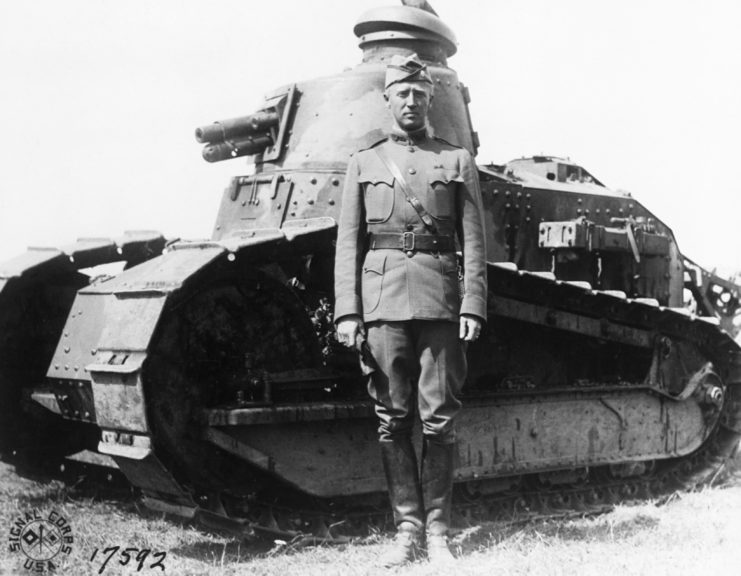
Tanks were first introduced during the war. They allowed armies to tread over challenging terrain, and played a role in the Battle of Somme. Machine guns were also prominent. While they were hand-cranked at the beginning of the conflict, by 1918 they were fully automatic and could do tremendous damage.
Also appearing for the first time were personal health products like Kleenex and sanitary pads, as well as wristwatches.
The telegraph was invented, but not yet practical on battlefields
While new inventions were seen on battlefields, they weren’t always appropriate. With the war being fought by global powers, communication became incredibly important. Both the Allied and Central powers needed to coordinate with each other over battle strategy and warn allies about enemy approaches.
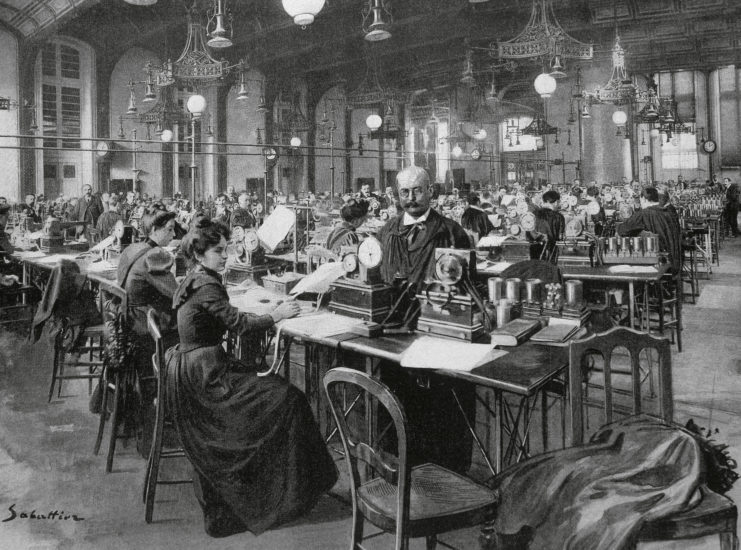
The telegraph had been invented by 1914, but wasn’t necessarily effective on the battlefield. The device was heavy and cumbersome. As well, it was plagued with technological issues. Rather than using the latest technology, armies turned to a tool commonly used in much older conflicts: enter the carrier pigeon.
The pigeon turned out to be the perfect animal for the job
The first use of carrier pigeons on the battlefield dates back to the 6th Century BC, when Cyrus, the King of Persia, used them to send messages across his empire. In 1914, they were still an effective way of sending messages. Pigeons were the best choice of bird for the job, as they could travel massive distances and still return home. They were also blazingly fast, able to travel at up to 60 miles per hour.
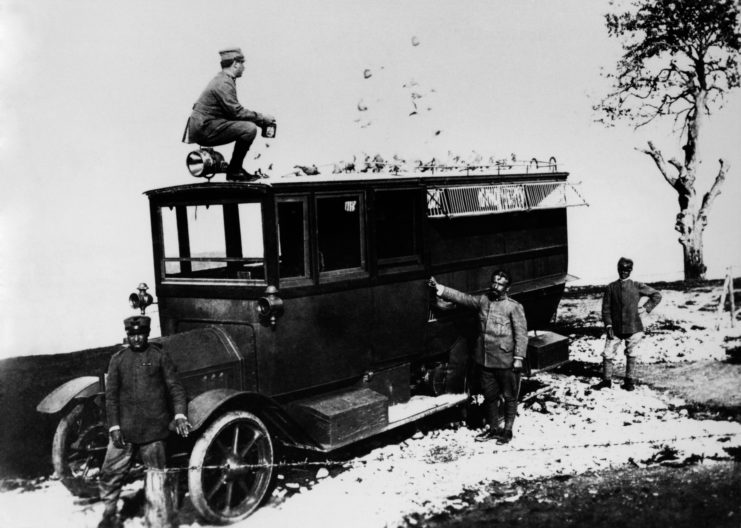
The birds were also somewhat disposable. Enemy combatants could thwart a message delivery by shooting down the pigeons while they were in the air. To combat this issue, armies sent several pigeons carrying the same message to make sure it got to the intended party.
The birds used by the Allies showed ingenuity and bravery
The carrier pigeons used by the Allies in World War I weren’t only intelligent and fast, they were also incredibly courageous. In 1914, while the Germans were marching toward the River Marne, birders were released to warn Allies about their approach. The message got to command headquarters in time and prevented disaster.
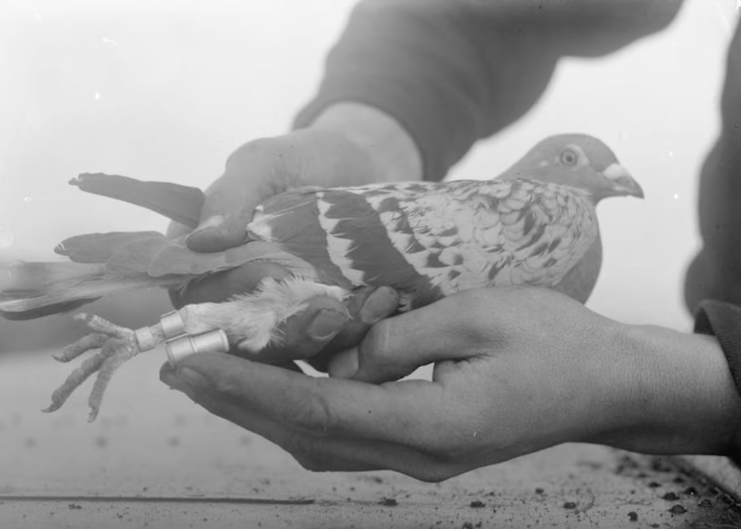
In 1918, a group of American soldiers were surrounded by German combatants. Several birds were released to call for urgent aid. The pigeons got the message to headquarters and the soldiers were freed. One of the birds who delivered the message, Cher Ami, was awarded the Croix de Guerre, one of France’s most prestigious military honors.
The design of Pigeon Lofts changed over the course of the war
The Pigeon Loft was never intended to be used on the battlefield. Once the conflict started, the vehicles were moved from the streets of London to the Front. They were somewhat crude vehicles, typically on carriages that were pulled by horses. Over the course of the war, however, they were redesigned for combat.
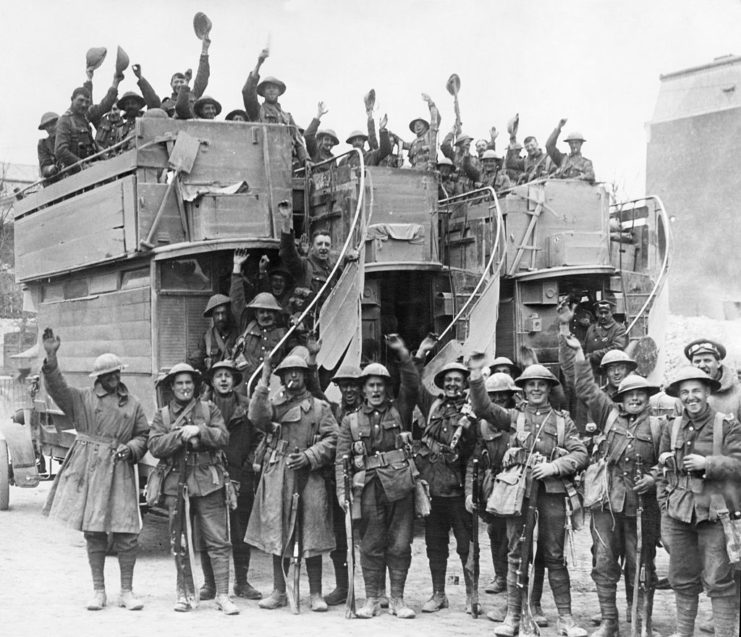
In the latter days of the conflict, the Pigeon Loft was attached to the roof of re-outfitted Type B Buses. Among the improvements: “The passenger seats on both levels were removed, the windows on the first floor were shuttered with boards, and the fence on the second floor was replaced by windows, cut out and covered with nets through which birds could fly simultaneously at the required time.”
Pigeon Lofts are still remembered today
During World War II, pigeons were still used on battlefields. However, Pigeon Lofts were no longer used. That doesn’t mean the vehicles were forgotten.
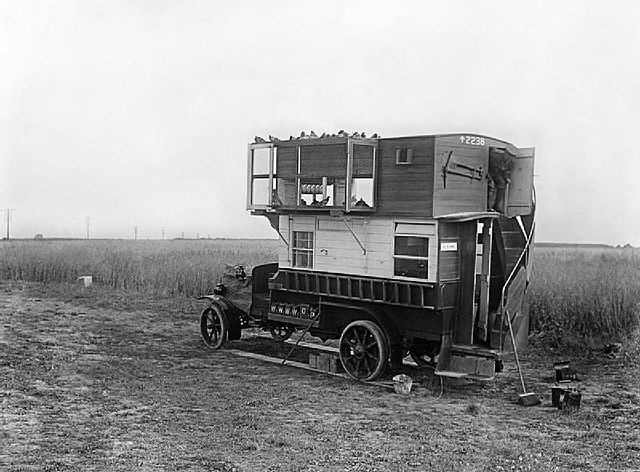
Today, Pigeon Loft models are commonly sold to collectors.
The post The Type B Bus ‘Pigeon Loft’ Was A Strange Sight on the Western Front appeared first on warhistoryonline.
Post a Comment
0 Comments